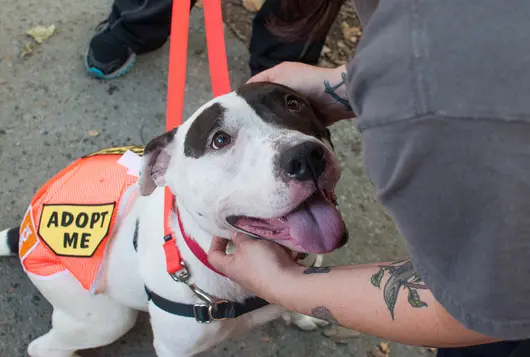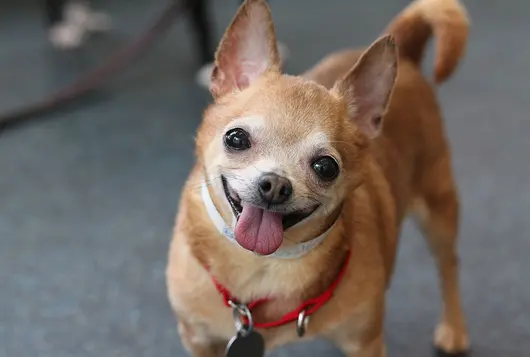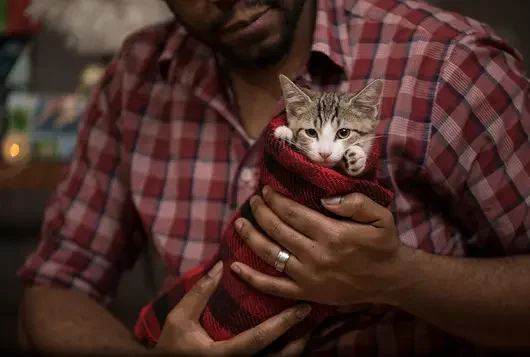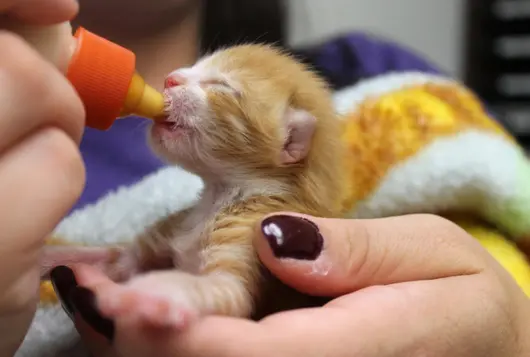How to Get Great Photos of Your Available Animals
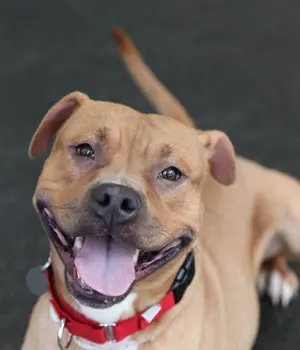
Fabulous photos are crucial to getting your animals out the door and into good homes. Whether you're posting adoptable animals online or documenting your work in a newsletter or fundraising appeal, the photos you choose will represent you and leave a lasting impression.
Here are some strategies to make sure your pictures send the right messages, tell a great story, and show your animals and your organization in the best possible light.
Ten Tips for Taking an Effective Photo
- Keep it positive. Negative or disturbing images can make adopters/donors feel sad and turn away. Happy shots showing animals ready for new homes or other results of your good work will make donors feel good about being part of your mission.
- Use the best gear you have on hand. The latest smartphone will have good enough resolution for online and print requirements, just check the settings to be sure you're shooting in the largest format possible. Having a dSLR handy and someone who knows how to use it is a bonus but not necessary.
- Stick to close-ups or shots with one or two compelling subjects. Whether it's people or animals, faces tell the stories.
- When photographing animals for adoption, zoom in on the animal with no other subjects and as little background as possible.
- Make sure animals and people are looking their best. You owe it to your animals to clean up their eyes and give them a quick brushing. And no person wants to be captured for all eternity just as she stuffs a cream puff in her mouth!
- When taking photos of animals, have a second person on hand with plenty of treats and squeaky things to get the subject's attention. You want ears up, eyes bright, and happy expressions. Be sure the animal is comfortable and looks it.
- Check the lighting. Fluorescent light makes for green faces. Soft, even, natural light is best (but no faces squinting into the sun or hiding in the shadows). All you need is a great window or a shady spot outdoors.
- Watch out for the flash. If you must use a flash, be sure to avoid red-eye or the dreaded green or blue eyes that make your animals look straight out of a horror flick. Bouncing the flash off the wall or having the subject look slightly aside will do the trick.
- Check the background. No trees or lamp posts growing out of heads and no crowds of people or random body parts to distract from the subject.
- Crop and edit if necessary. The most basic image editing programs have tools to spruce up images by fixing red-eye or cropping out background clutter and other simple fixes.
Get advice about taking photos of equines.
We have lots more on this subject:
Topics:
Promotions & Events
Type:
How-Tos

